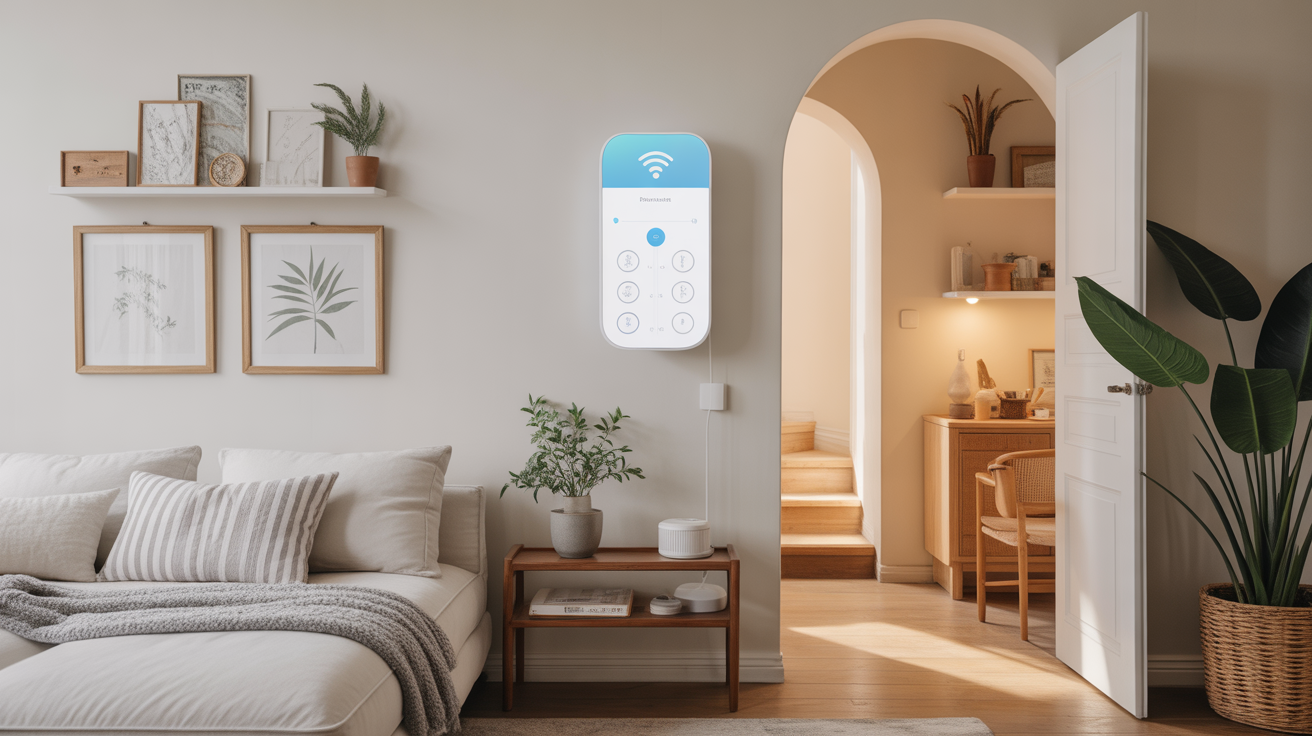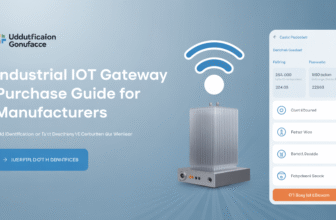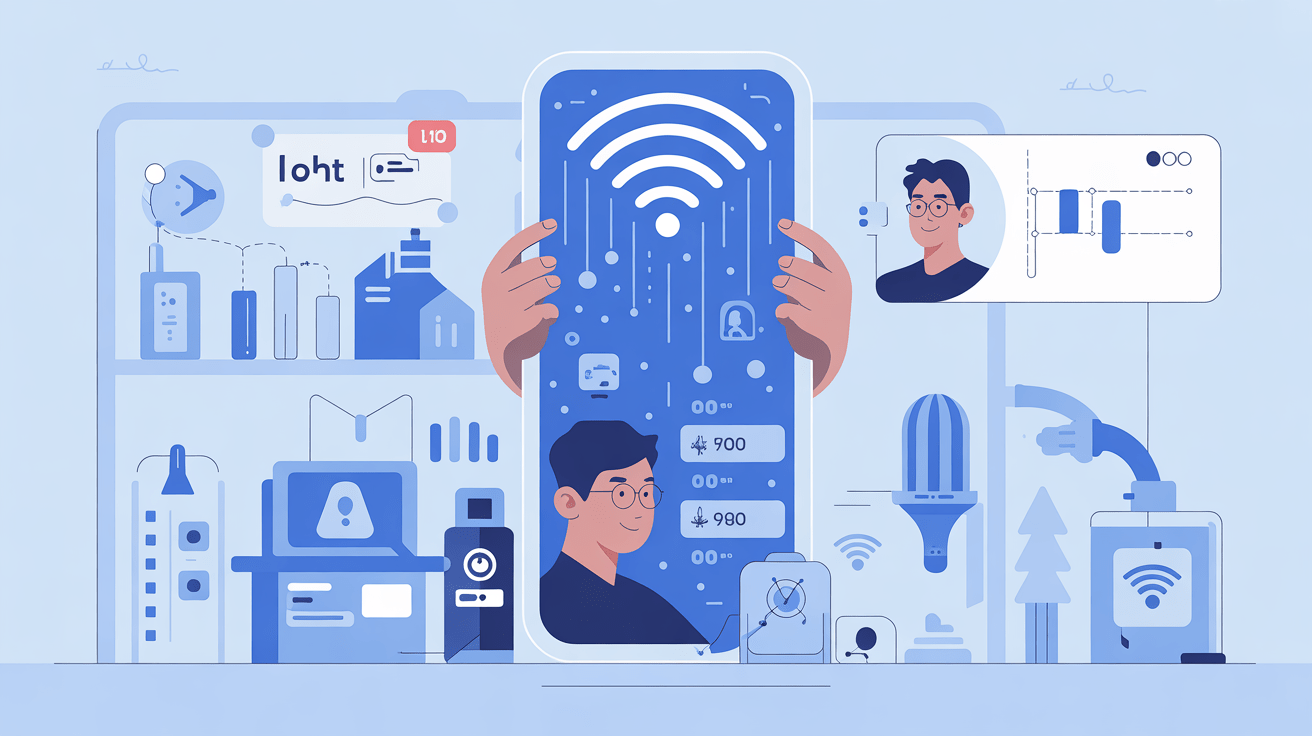
Top IoT Wearables for Health Monitoring 2026: A Developer and Industry Leader’s Guide
The landscape of health monitoring through IoT wearables enters a new era in 2026-one driven by exponential improvements in sensor technology, edge computing, and AI-powered analytics. As wearables evolve from simple step counters to sophisticated medical-grade devices, developers, engineers, researchers, and investors face a rapidly changing ecosystem requiring deep technical and strategic understanding.
This article delivers an investigative analysis of the top IoT wearables shaping health monitoring in 2026, cutting through market hype to reveal the core innovations, data architectures, deployment challenges, and privacy considerations that define the leading devices and platforms. We also explore how these wearables integrate with healthcare infrastructures and drive new value chains in personal and clinical health contexts.
Emerging Sensor Technologies Unlocking New Health Metrics
multimodal Sensing: Beyond Heart Rate and Steps
The IoT wearables arriving in 2026 harness a broad palette of sensors that go far beyond classical accelerometers and PPG-based heart rate monitors. New modalities like bioimpedance spectroscopy, time-of-flight optical sensors, and epidermal chemical sensors capture complex physiological signals including hydration levels, electrolyte balance, skin glucose monitoring, and even early signs of neurodegeneration.
For example, the integration of flexible microfluidic channels in wristbands allows continuous sweat analysis for metabolic markers, a game-changer for diabetic patient monitoring.The shift to multimodal sensor fusion enables much richer datasets, offering a quantum leap in the diagnostic potential of wearable health devices.
Ultra-Low-Power MEMS for 24/7 Continuous Monitoring
Power-efficient microelectromechanical Systems (MEMS) remain a cornerstone of wearable sensors, but new fabrication techniques including piezoelectric energy harvesting and nanomaterial composites extend battery life and reduce device footprint.These advances reduce the need for frequent charging, a critical factor for patient adherence and long-term data continuity in clinical trials and chronic care.
how to Evaluate Sensor fidelity and Reliability
- Calibrate devices against gold-standard clinical sensors for accuracy benchmarks.
- Assess cross-subject reproducibility through large-scale data validation studies.
- Consider environmental interference robustness-e.g., motion artifacts and temperature variability.
The Data Architecture Behind Next-Gen Health IoT wearables
Edge-Cloud hybrid Processing Models
The massive data streams generated by multimodal IoT wearables necessitate a hybrid edge-cloud architecture. Edge nodes embedded within the wearable preprocess and filter data, executing real-time anomaly detection and privacy-preserving transformations before synchronizing with cloud systems for deep analytics and long-term trend analysis.
Designers leverage advanced frameworks like TensorFlow Lite Micro and NVIDIA Jetson series chips for on-device inference, enabling services such as arrhythmia alerts without continuous cloud dependency.
Interoperability Standards in Wearable Health Data
Industry standards such as IEEE 1752.1 (personal Health Device Communication), HL7 FHIR (Fast Healthcare Interoperability Resources), and Open mHealth play a vital role in creating ecosystems where devices from different manufacturers can communicate and data can be aggregated into EHR systems seamlessly.
Adhering to these standards facilitates integration with healthcare provider workflows and third-party health analytics services, crucial for widespread adoption.
Key API Design and Security Constraints
- Use OAuth 2.0 and OpenID Connect protocols for secure user authentication and authorization.
- Implement robust rate limiting and data validation to protect endpoints from abuse and injection attacks.
- Leverage differential privacy techniques to anonymize aggregated health data without sacrificing analytic validity.
AI and Machine Learning Driving Predictive Health Insights
Personalized Health Models Tailored by Federated Learning
Federated learning frameworks allow wearables to collaboratively train AI models on-device, enhancing predictive accuracy for individual users without centralizing sensitive health data. This method considerably mitigates privacy risks while enabling personalized anomaly detection for conditions like atrial fibrillation, sleep apnea, and stress-related disorders.
Explainability and Model Validation in Medical IoT AI
Deploying AI in health wearables demands rigorous model interpretability to gain clinical trust. Tools like SHAP (SHapley Additive exPlanations) and LIME (Local Interpretable Model-agnostic Explanations) are increasingly embedded in device backends to help researchers and clinicians understand decision logic and avoid black-box pitfalls.
Implementing Real-Time Adaptive Alerting Systems
State-of-the-art ML inference pipelines support adaptive thresholding adjusted to user baselines and contextual environmental factors such as altitude or physical activity intensity. Combined with on-device feedback loops, these alerting systems reduce false positives and increase actionable notifications, key metrics for user engagement and safety.
Form Factor Innovations Enabling Enhanced User Compliance
Flexible Electronics and Skin-Conformal Devices
Health monitoring wearables in 2026 increasingly adopt ultra-thin, stretchable substrates that conform to the skin with minimal discomfort. This versatility not only improves sensor signal quality by maintaining consistent contact but also enhances durability and longevity through sweat resistance and mechanical resilience.
Hybrid Wearables: Combining In-ear, Wrist, and Patch Designs
Developers pioneer hybrid form factors that integrate multiple wear locations, leveraging the advantages of each-as an example, combining wrist-based heart rate variability with temporally precise ear pulse oximetry. These combinatory approaches provide richer multisite physiological insights and facilitate user convenience.
Checklist: Designing for Accessibility and Inclusivity
- Support varied skin tones and types to avoid sensor bias.
- Ensure device usability across age and mobility spectra.
- Offer multilingual, icon-driven interfaces for global audiences.
Regulatory Frameworks Impacting IoT Wearables market Entry
FDA and EMA Guidelines for Software as a Medical Device (SaMD)
As many IoT wearables qualify as SaMD,they fall under stringent regulatory controls by organizations such as the FDA and european Medicines Agency. Compliance with the Medical Device Regulation (MDR) and submission of robust clinical evidence are mandatory for market authorization.
Data Privacy Laws and Health Wearables Compliance
Laws including HIPAA (US),GDPR (EU),and CCPA (California) impose strict rules on data collection,processing,and storage by health wearables.Manufacturers and service providers must be proactive in implementing audit trails, encryption, and user consent management tools to maintain compliance and user trust.
Common pitfalls in Regulatory Submissions
- underestimating the need for real-world evidence alongside clinical trial data.
- Omitting thorough post-market surveillance plans required by regulators.
- Neglecting interoperability documentation per FDA support guidelines.
Business Models Fueling Growth in Health IoT Wearables
Subscription-Based SaaS Health Platforms
More vendors now embed their wearables into SaaS ecosystems offering personalized coaching, remote monitoring, and clinician dashboards accessible via subscription. This transform-as-a-service approach aligns incentives for continuous device enhancement and customer retention.
Partnerships with Healthcare Providers and Insurers
Integration into clinical pathways enables wearables to be reimbursed by insurance, encouraging adoption in preventive care and chronic disease management. Collaborations with healthcare systems thus become pivotal, fostering data sharing agreements and joint R&D ventures.
Investor KPIs in the Wearable Health Sector
Privacy & Security Considerations Underpinning Trust in Health IoT
Threat Modeling for Wearable Health Data
Wearables capture highly sensitive personal health data, placing them at risk of sophisticated attacks including data exfiltration, device spoofing, and inference attacks via side channels. Effective threat models incorporate continuous penetration testing, secure boot chains, and hardware root of trust.
end-to-End Encryption and Secure Key Management
Implementing zero-trust cryptography protects data both at rest and in transit. Advanced wearables employ secure elements or TPM-like modules to safely manage cryptographic keys isolated from the main OS to prevent compromise.
Implementing User-Controlled Privacy Settings
- Granular opt-in/out choices for specific health data types.
- User-facing dashboards showing data sharing and access logs.
- Regular security updates pushed seamlessly to devices.
Open Source and Developer Ecosystems Accelerating Innovation
Access to Hardware Design Files and Firmware SDKs
Open hardware initiatives such as OpenTitan and frameworks like Zephyr RTOS offer developers production-ready blueprints and secure real-time operating systems that ease time-to-market while maintaining compliance.
Community-driven AI Model Libraries for Health Analytics
Platforms like TensorFlow Hub and PyTorch Model Zoo provide community-vetted health-related models,enabling rapid prototyping of new diagnostics and predictive algorithms with proven architectures.
Best Practices for Collaborative Wearable Development
- Implement continuous integration with hardware-in-the-loop testing.
- Adopt modular firmware design supporting OTA updates.
- Document API interfaces with OpenAPI specs for clarity and extension.
Integration of Wearables into Clinical Trials and Precision Medicine
Role of Wearables in Adaptive Clinical Study Designs
the extensive real-time data capture abilities of 2026 wearables enable adaptive trials that continuously adjust protocols based on interim patient data-reducing trial duration and improving endpoint accuracy.
Precision Medicine via Longitudinal IoT Monitoring
Wearables capture patient-specific phenotypes across multiple domains,empowering physicians to tailor drug therapies and lifestyle interventions dynamically. This real-world data complements genomics and biomarker analysis for truly individualized care.
Checklist for clinical Wearable Deployment
- Validate device accuracy against diagnostic gold standards.
- Ensure data integrity and timestamp synchronization across devices.
- comply with Good Clinical practise (GCP) guidelines for data handling.
Future Outlook: towards Fully Autonomous Health IoT Ecosystems
Convergence with Augmented Reality and Smart Home Systems
Looking ahead, IoT wearables will merge with AR interfaces to provide immersive health coaching and diagnostics, while integration with smart home devices will create holistic environments that respond proactively to health trends.
AI-Driven Preventive Health and Behaviour Modification
AI assistants embedded in wearables will drive habit formation and early intervention strategies through carefully tailored nudges, shaping healthier lifestyles proactively with minimal user friction.
Investment Hotspots for 2026 and Beyond
- Sensor innovations in biochemistry and neural activity.
- Edge AI chips optimized for health diagnostics.
- Secure,privacy-first health data marketplaces and federated services.
the evolution of top IoT wearables for health monitoring in 2026 is defined by cutting-edge sensor integration, robust data architectures, AI-driven insights, and a firm foundation of privacy and regulatory compliance. This multifaceted progression opens unprecedented opportunities for developers, researchers, and investors committed to reshaping healthcare through technology.
For the informed reader,staying ahead means embracing cross-disciplinary knowledge-from hardware innovations to software security,and from clinical validation to user-centric design. As these wearables become indispensable tools for precision medicine and wellness, the race to lead this dynamic market is accelerating fast.






